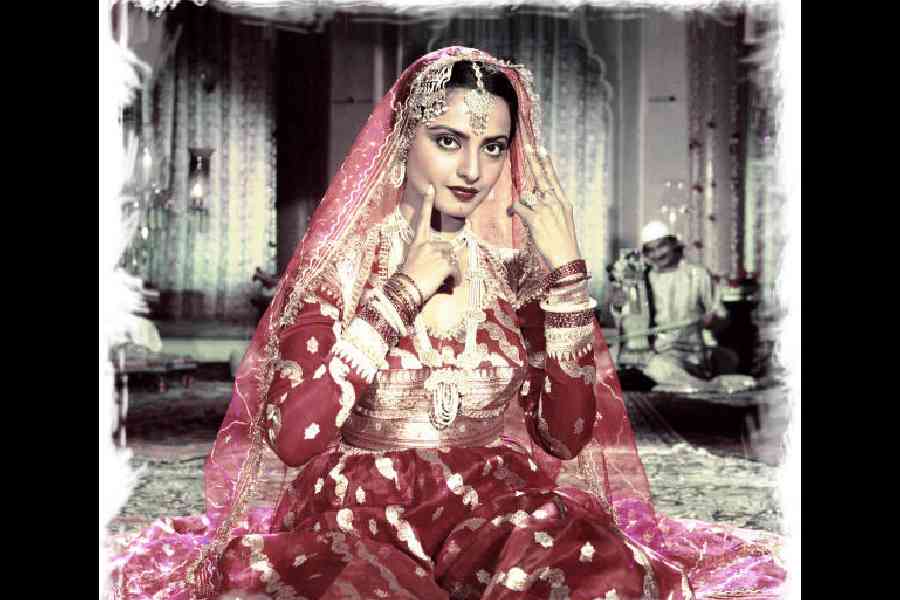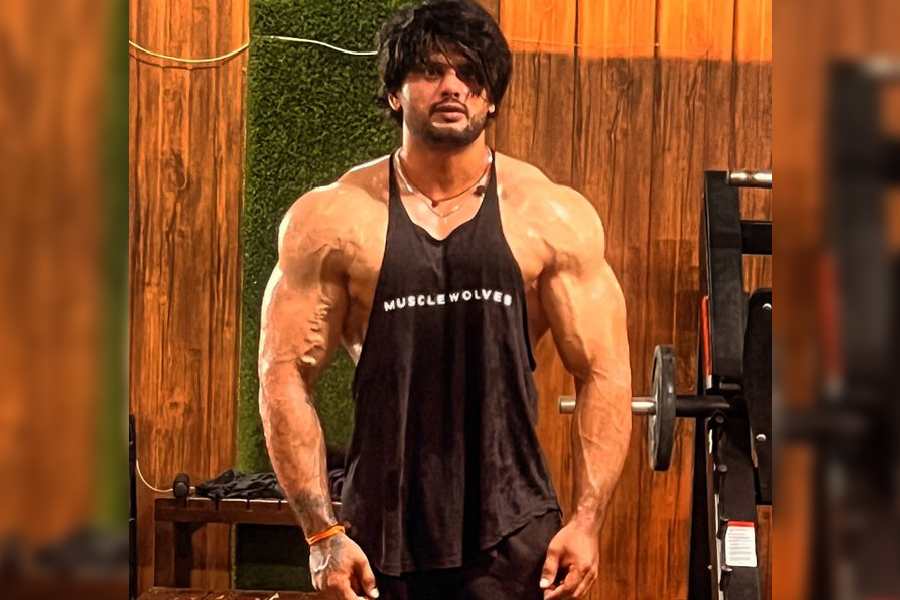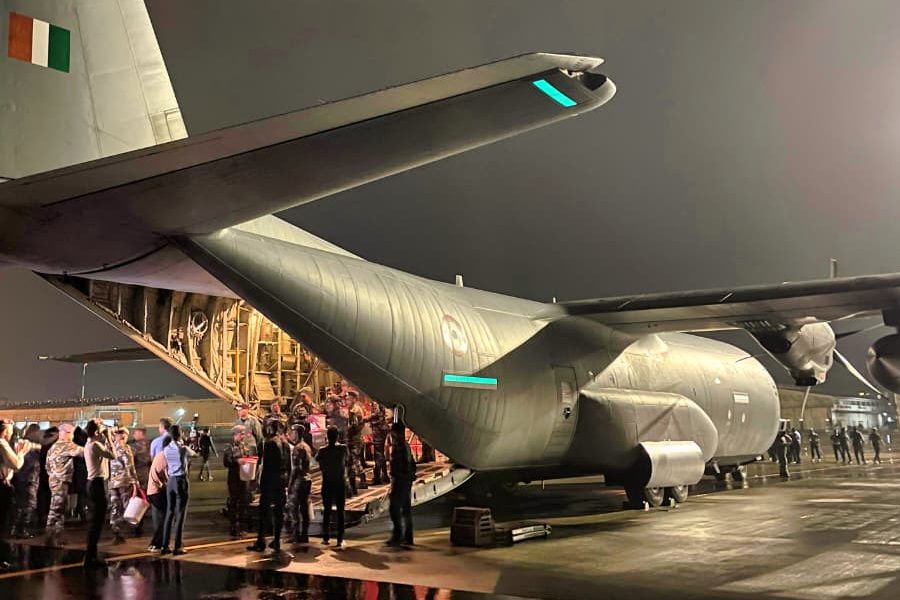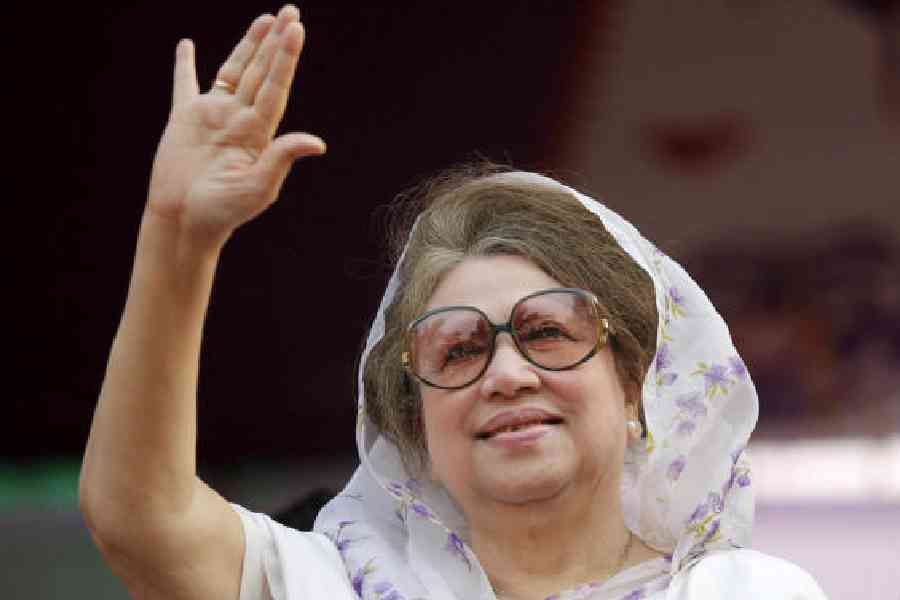Almost 45 years after its release, Muzaffar Ali’s Umrao Jaan is all set to brighten the big screen on June 27. The iconic film, that features Rekha in the role of a courtesan and imbibes the spirit and soul of Awadh, is based on Mirza Hadi Ruswa’s 1899 Urdu novel Umrao Jaan Ada.
A classic that has stood the test of time and will be re-released in its 4K restored version on Friday, Umrao Jaan — that also stars Farooq Sheikh, Naseeruddin Shah and Raj Babbar — won four National Awards, including Best Actress for Rekha who aced the titular role. A few days before its re-release, t2 went down memory lane with director Muzaffar Ali.
What are the emotions like, almost 45 years later, as we head towards the re-release of Umrao Jaan?
Times have changed, people have changed. I am waiting with bated breath to see what happens and how people respond to the film now. I really can’t say anything until it is released. But I am definitely looking forward to the re-release of the film. As I have said earlier, the re-release of Umrao Jaan is an emotional catharsis for me.
What prompted the idea of the re-release so many decades later?
The film is still fresh in the minds of the audience that watched it then and I have been given to understand that a large section of the audience wants to watch it in theatres now. The fact that it is not available on any streaming platform also makes it a film that people want to watch, especially the newer generations. Plus, the film has been restored in 4K and demanded a release. It promises to be an experience worth cherishing in cinemas.
One of the big reasons why Umrao Jaan continues to occupy a place in people’s minds is because of Rekha. She is an icon who audiences across all generations want to watch on the big screen.
I am not sure what kind of reception the film will meet with and how long it will run in theatres but I am definite that the film will be seen and will open new avenues as far as OTT is concerned. All this while, pirated versions of Umrao Jaan have been floating around. But now a good, clean, perfect and restored version is available and that will make a big difference.
Dil cheez kya hai to In aankhon ki masti, the music of Umrao Jaan, scored by Khayyam, has endured through the ages. What can you tell us about its making?
Music is one thing that always precedes the film. Even before release, it is the music that comes out. The music for any film has to contain its spirit, and even after the film is done, its music remains.
The music of Umrao Jaan has an authorship of its own; it’s not ‘packaged’. We — the music composer, Khayyam saab and the lyricist Shahryar — worked very hard on the music which needed to have the heart and soul of Lucknow. To get Asha Bhosle to sing those songs made them all the more special. It was a very special musical effort. The songs of Umrao Jaan are deeply embedded in its time and space.
You made Umrao Jaan because you wanted to capture the spirit of Awadh in the way Satyajit Ray depicted the emotional essence of Bengal. Was there a specific film or instance that triggered that?
I wanted to make a film that depicted the soul of Awadh, in its past, present and future. The story, of course, is based on the novel Umrao Jaan Ada, and is set in the 1800s. Its central focus is on the courtesan, played by Rekha, but my focus was also pretty much on Awadh. I wanted to capture the feminine side, the feminine ethos of Awadh, and that is not limited to just the courtesan at the centre. I think feminine ethos is a very overarching word and can apply both ways.
And you always wanted Rekha to play Umrao Jaan?
As I was shaping the film, I became aware that it had a very powerful gaze and needed a protagonist who stood strong despite the upheavals in her life. She needed to be someone who could survive all that the character goes through. Rekha was the right choice because though she underplayed the part, she came across as very strong.
Your career has been diverse, and not only as a filmmaker. Where would you place Umrao Jaan in your body of work?
That is what I am still trying to figure out. The book (Ali has recently released a limited edition coffee table book on Umrao Jaan the film) places Umrao Jaan in a very special place. We have explored Umrao Jaan from several angles in the book. Unless you look at things in a deep, layered way, you don’t understand what it is all about. The book looks at the film’s poetry, textiles, backdrop.... The House of Kotwara (his fashion label, with wife Meera) was significantly influenced by Umrao Jaan, drawing inspiration from the film’s portrayal of Awadhi culture and its rich textiles.
Umrao Jaan is specific to a place, and that is the intention we made the film with. These days, most films are made saying that they are set in a particular city, but they could actually be set in any city. They lack specificity. That is because they don’t know that city themselves.
I don’t want to take names, but most films say they are from one place, but they are actually from no place. But Umrao Jaan is very, very sharply defined by a place — the history of a place, the language of a place, the textiles of a place, the craft of a place, the music of a place. We worked for more than two years to arrive at the lyrics. We spent a lot of time on the choreography which was done by Kumudini Lakhia, and then, worked on it with Rekha.
Making the whole film must be a treasure trove of memories. Is there anything that stands out at the top of your mind?
Two very distinct experiences. One was the experience of working with the people of Lucknow, and in spaces of Lucknow. And then coming to a set in Bombay, creating the set ourselves, sketching the set out and making it look as real as possible. Working with real people in Lucknow and also finding many, many real people in Bombay to look as if they belong there. It was quite an experience to find old doors, old textiles, to give a patina to each wall. All that, I think, was a process which made my engagement very tactile and very rewarding.
Even in Lucknow, it was an experience to find homes and spaces and also to restore many of them. We had a team to work on the costumes, which don’t look as if they are bought from a shop. They have an aura about them. It was rewarding to go so deep into these tangible, tactile dimensions.











